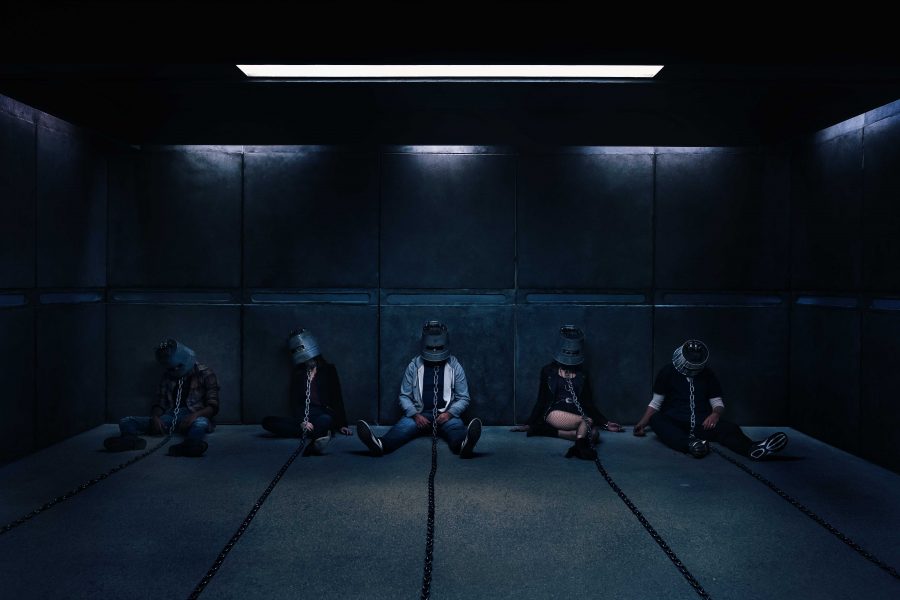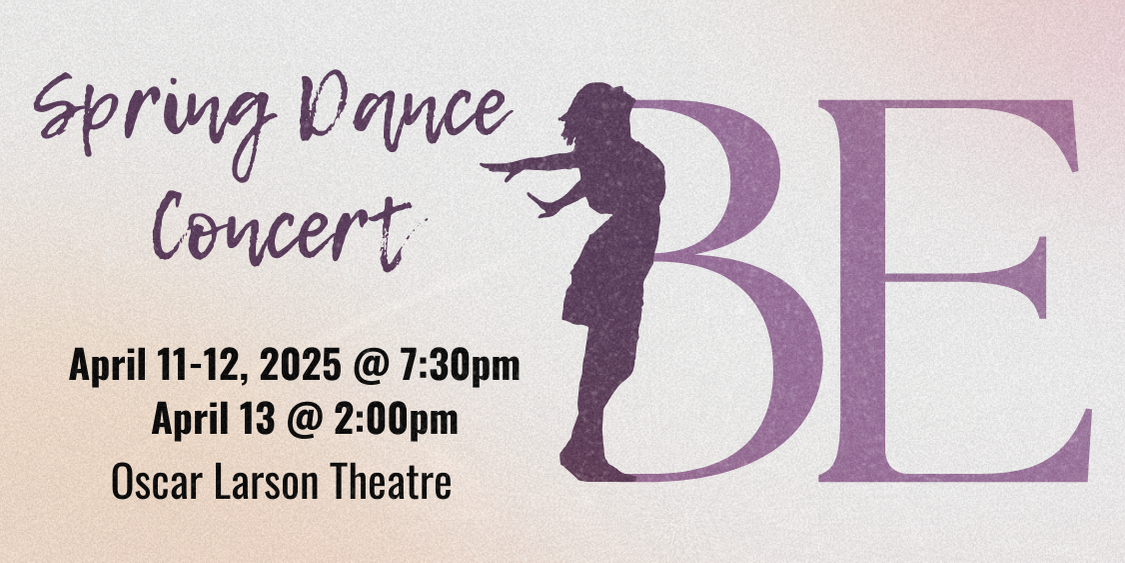Editor’s Note: The grading system used here is similar to the 10-point scale used in SDSU courses.
GRADE: D+
I have no idea what compels people to watch “torture porn” horror films.
Let’s be clear, I adore good horror films. But do I enjoy watching fictional people being put through an excessive amount of torture, spilling gallons of blood? No, and this is exactly what defines the so-called “torture porn” sub-genre of horror. It’s what defines “Jigsaw” as well, a lot of meaningless gore with little substance.
This is the eighth entry in the “Saw” franchise, which began in 2004 with then up-and-coming director James Wan, who went on to directing fame with “Furious 7” and “The Conjuring.”
The first film established the Jigsaw Killer, John Krammer, known for his now-iconic voice and the creepy puppet he likes to use. But he’s most known his infamous “trials” — tests where Krammer takes abducted people he deems morally corrupt and tortures them to teach them a lesson about their crimes. If you survive the trial, you technically pass.
This gimmick has been the basic premise of all “Saw” films. To be honest, I haven’t seen any of these films. But they’ve had such an impact on the film industry, it’s almost impossible to not know of them when you’re a movie buff.
“Jigsaw” attempts to establish a new story for the franchise. Years have passed since the Jigsaw Killer’s last murder spree, but his profile is back in the spotlight when bodies begin to pile up around the city bearing the signature traits from Jigsaw’s previous murders.
Investigators try to uncover where the victims are being held and who could possibly be behind the new murders when the real Jigsaw Killer was believed to be dead. The film splits its time between the victims going through the trials and the investigators trying to crack the case.
Neither of these storylines are particularly captivating.
For one, the characters put forward are incredibly uncharismatic. The actors portraying them do little to make them stand out from one another or make them memorable. Adding to that, the film is so focused on telling its narrative we have little time to connect with the people the film is about.
But the most egregious part of this film has to be the sense of moral ambiguity it bestows on its antagonist, the Jigsaw Killer.
We are expected, as audience members, to almost view his torturing and killing as righteous because the people he’s brutalizing were morally corrupt. Many of them have murdered or brutalized other people.
But exacting disgusting tortures against these people makes the killer part of the problem, not the solution. I was shocked to discover people actually admired this sociopath when discussing the film with friends after I saw it. The filmmakers behind these films should seriously examine the way in which they present this killer on screen.
The film does, however, manage to maintain a level of high intensity in some areas and is inventive in its approach to revealing the killer. But this isn’t enough to make me even come close to recommending it to the casual movie-goer.
If you’re looking for a truly interesting (and respectable) exploration into the criminal mind, there’s a new Netflix series called “Mindhunter” that recently debuted. With strong performances across the board and excellent direction from David Fincher, it’s worth a late-night binge.



















